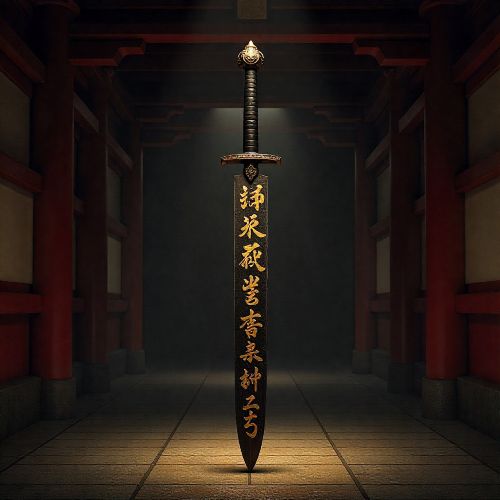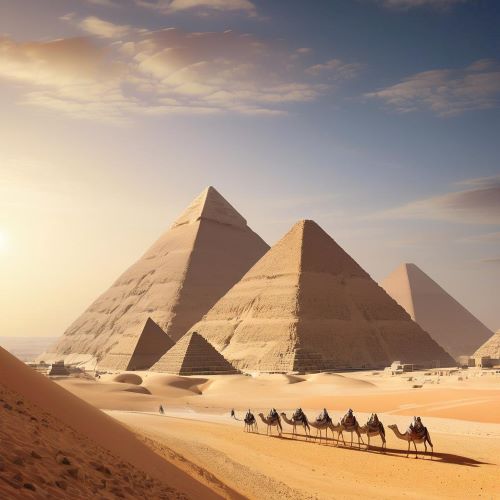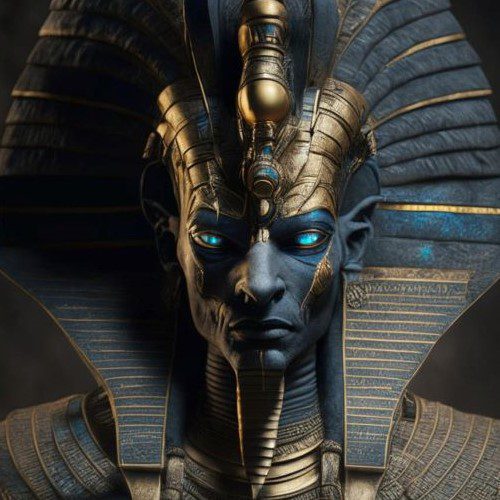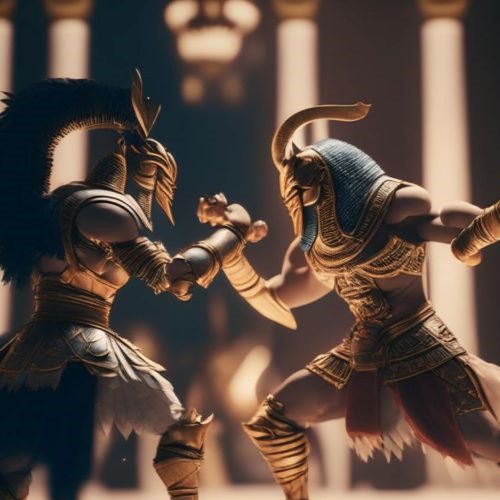Pyramids Across Cultures: Divine Monuments Beyond Egypt
When most people hear the word pyramids, their minds immediately drift to the golden sands of Egypt and the majestic tombs of pharaohs. However, pyramids are not exclusive to Egyptian civilization. Across the world, ancient cultures built pyramidal structures that were not just architectural feats but also deeply spiritual monuments. These non-Egyptian pyramids were often dedicated to powerful deities, playing central roles in religious and cultural life. From the Mesoamerican temples to Asian step pyramids, these structures reveal a universal human desire to connect with the divine.
Pyramids of Mesoamerica – Honoring the Sky and Serpent Gods
Some of the most well-known non-Egyptian pyramids are found in Mesoamerica, particularly in regions that now form Mexico, Guatemala, Honduras, and Belize. The Maya, Aztec, and other pre-Columbian civilizations built massive pyramids that served both ceremonial and astronomical purposes.
Pyramid of Kukulkan – Chichen Itza, Mexico
This iconic step pyramid, also known as El Castillo, was built by the Maya and is dedicated to Kukulkan, the feathered serpent god. Kukulkan was considered a bringer of rain, wind, and creation, often equated with Quetzalcoatl in Aztec mythology. The pyramid is ingeniously aligned with celestial events—during the equinoxes, the shadows cast by the sun create the illusion of a serpent slithering down the stairs. This clever architectural feature reflects Kukulkan’s divine association with the heavens and earth.
Pyramid of the Sun – Teotihuacan, Mexico
Another Mesoamerican marvel, the Pyramid of the Sun in Teotihuacan, was one of the largest structures of its time. Though the original dedication remains uncertain, many believe it was linked to Tonatiuh, the Aztec sun god. The city’s orientation and pyramid layout suggest a solar alignment, reinforcing its connection with sun worship. For the Teotihuacanos, the pyramid was a portal to divine energy, serving both religious and sacrificial functions.
Nubian Pyramids – A Tribute to Osiris and Local Deities
South of Egypt, in modern-day Sudan, lie the Nubian pyramids of the Kingdom of Kush. While similar in shape to Egyptian pyramids, these structures are smaller, steeper, and often grouped closely together.
Pyramids of Meroë – Sudan
The pyramids at Meroë, once the capital of the Kushite kingdom, served as tombs for royalty and elite figures. Though influenced by Egyptian styles, the Kushites incorporated local spiritual traditions. Many pyramids were dedicated to Osiris, the god of the afterlife, and local deities such as Apedemak, the lion-headed warrior god unique to Nubian belief systems. The artwork within these pyramids features hybrid iconography, combining Egyptian and indigenous elements to create a distinctive spiritual language.
Pyramids in China – Burial Mounds for Emperors and Immortals
China is home to a number of pyramid-shaped mausoleums, particularly in the Shaanxi province. These massive earthen structures are less prominent than their Egyptian or Mesoamerican counterparts but equally significant.
Tomb of the First Qin Emperor – Xi’an, China
Often referred to as the “Chinese pyramid,” the mausoleum of Qin Shi Huang, the first Emperor of China, is a vast complex that includes the famous Terracotta Army. Though not explicitly dedicated to a pantheon of gods, the pyramid embodies the emperor’s quest for immortality and alignment with Daoist cosmology. According to ancient Chinese beliefs, emperors were semi-divine figures who needed to maintain harmony with the cosmic order (Dao), and their burial places were designed to mirror this celestial balance.
Pyramids of Indonesia – Mount Padang and Gunung Kawi
Southeast Asia also features pyramid-like temples and megalithic structures, particularly in Indonesia, where the blend of animist, Hindu, and Buddhist traditions created unique spiritual centers.
Mount Padang – West Java
This lesser-known site features a terraced pyramid made of volcanic rock, which some believe predates other megalithic sites. Although scholarly debate continues about its age and purpose, local lore associates it with ancient gods and powerful spirits. It may have been a site for ancestral worship or offerings to nature deities, reflecting Indonesia’s deep spiritual connection to the land.
Gunung Kawi – Bali
Carved directly into a cliff face, Gunung Kawi resembles a vertical pyramid and is a sacred site dedicated to deified Balinese kings and Hindu gods. It blends Hindu and indigenous Balinese beliefs, showcasing reverence to deities like Shiva, Vishnu, and Indra. The pyramid-shaped shrines, called candi, served as both temples and royal memorials.
Pyramids in Europe? – The Bosnian Pyramid Theory
In recent years, the discovery of pyramid-shaped hills in Bosnia and Herzegovina has sparked international debate. Some claim that these are the oldest and largest pyramids on Earth, while others argue they are natural formations.
Bosnian Pyramids – Visoko, Bosnia
Though unconfirmed by mainstream archaeology, proponents of the Bosnian Pyramid Theory believe the largest, dubbed the Pyramid of the Sun, was built by an ancient civilization and dedicated to solar deities. While lacking concrete mythological links, the site has attracted spiritual seekers who connect it to forgotten gods of the ancient Slavs or Atlantean lore.
A Universal Symbol of Divinity and Power
What makes the pyramid such a compelling shape across cultures? Its form naturally points to the sky, embodying a bridge between the earthly and the divine. Whether serving as a tomb, temple, or astronomical marker, pyramids were sacred spaces where gods were honored, rituals performed, and cosmic connections made.
From the feathered serpents of Mesoamerica to the sun gods of Africa and Asia, the world’s pyramids share a common thread: reverence for the divine and a desire to align humanity with higher powers. While the Egyptian pyramids may steal the spotlight, these non-Egyptian counterparts remind us that the human urge to seek the sacred is a global and timeless phenomenon.
No posts were found.









